If needed, you can scroll to the bottom of the article to see detailed promotional content.
Hello everyone, welcome to the new episode of “Bike Mechanic”.
The title is quite straightforward; I want to talk about the Schwalbe Pro One road bike tire that I’ve been using recently, which is a tubeless tire system, commonly referred to as a tubeless tire.
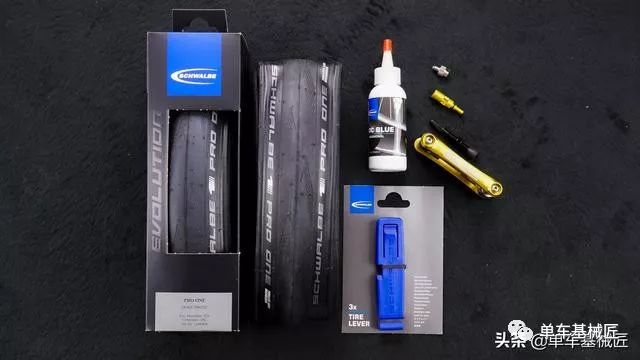
General Awareness
From the numerous comments over the years and the domestic content I’ve reviewed, I believe there are still many people who have not considered using tubeless tires on road bikes. The reasons may include insufficient budget, wheelsets that do not support tubeless tires, or a lack of confidence in the changes that tubeless tires bring to their riding experience, not enough to justify switching to a new tire system, as well as considerations regarding weight and balance.
Choosing Obstacles
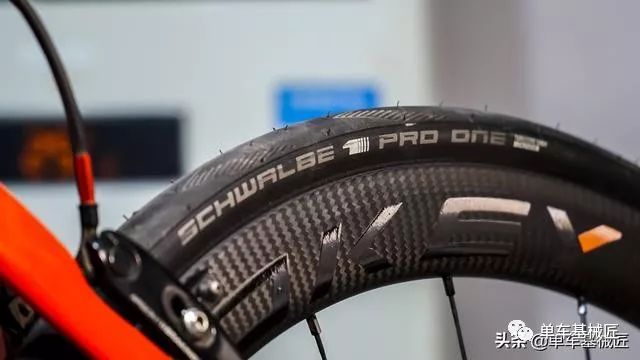
To be frank, before I started using tubeless tires, my primary concerns were budget and riding experience. Although there is abundant data showing that tubeless tires provide a smoother road feel and lower rolling resistance compared to traditional clincher tires (Clincher tires paired with latex inner tubes can also achieve low rolling resistance, but they have a significant drawback, which we will discuss later), due to my professional sensitivity, I often feel that personal experience is more realistic. Just as we mentioned in previous articles, individual differences are significant; perhaps you will notice a change with a 10 psi tire pressure difference, but for some, they only care about whether the tire is inflated.
Selection Process
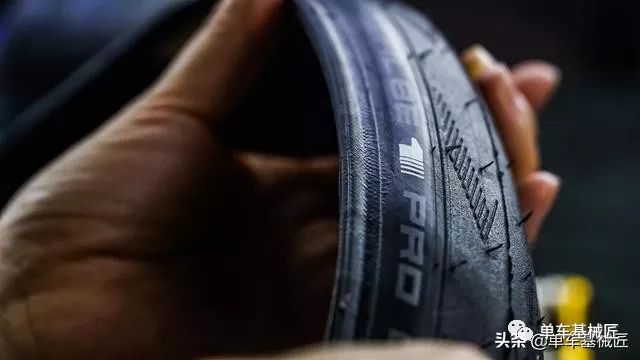
During this year’s Tour de France, more teams have started using tubeless tires. While there may be marketing factors involved, I believe that if they weren’t good enough, riders and teams wouldn’t consider using them. Personally, when faced with over a dozen tubeless tires from various manufacturers, I was also a bit at a loss. After reviewing a lot of information, I decided to choose the Schwalbe Pro One for several reasons. Firstly, Schwalbe is one of the earliest manufacturers to produce and manufacture tubeless tires; I first learned about road bike tubeless tires through Schwalbe.
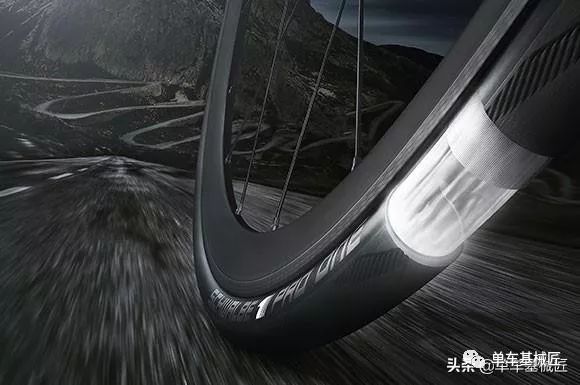
Moreover, the brand is positioned high-end, and you will mostly see Schwalbe tires as standard on aftermarket or high-end complete bikes, simply put, it has prestige. Secondly, the Pro One is already the second generation product of Schwalbe’s tubeless tires, so as an iterative product, it is bound to have improvements and enhancements based on its predecessor. Thirdly, the Pro has been on the market for over four years, and the lack of negative news during this time has increased my confidence in choosing it. Although many brands now have tubeless tire lines, our actual choices are limited, and considering factors including price, the Pro One became my best choice.
First Impressions
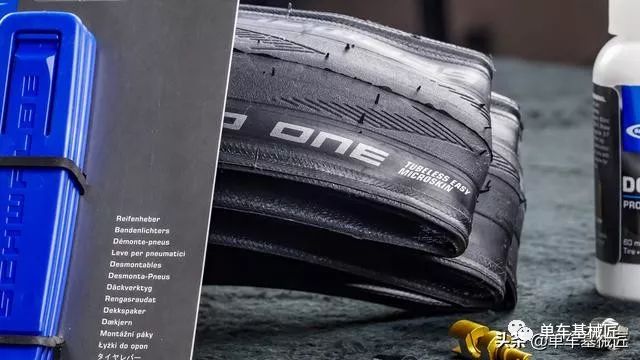
The Schwalbe Pro One tubeless tire system is named TubeLessEasy, “Simple Tubeless System”. Although this is my first time using it, I am not new to installation. For tubeless tires, most combinations are still relatively difficult to install. This is because the compatibility between the tire and rim is often made with tighter tolerances, not only for safety reasons but also to improve air tightness. Therefore, I chuckled at Schwalbe’s naming of “Simple Tubeless”. However, when I actually started the installation, I was pleasantly surprised; for the four wheelsets I have (2019 Zipp 303, DT PRC 1400, Prokey 43, and Jingteng 40), all could be installed by hand, even if a few wheelsets were difficult to install in the last 10 cm, a bit of tire lubricant allowed me to push them on by hand.
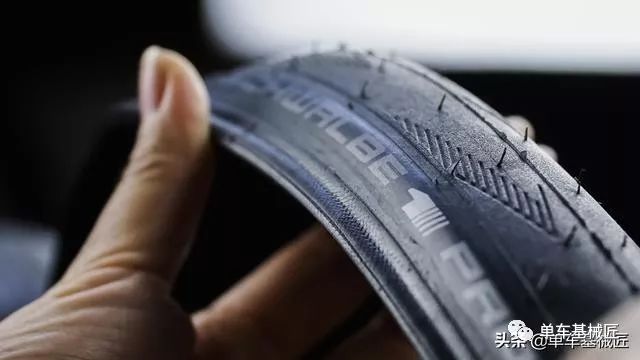
The tire feels soft right from the start; compared to most tires, the overall texture is more grippy and elastic, which is also related to the easier installation mentioned above. Moreover, in terms of actual road feel, this soft rubber design indeed provides the bike with very good comfort and grip. However, this may bring negative issues, as providing comfort and grip may sacrifice some durability. Nevertheless, based on my current usage, the durability is still quite ideal.
Detailed Technical Details
Weight:
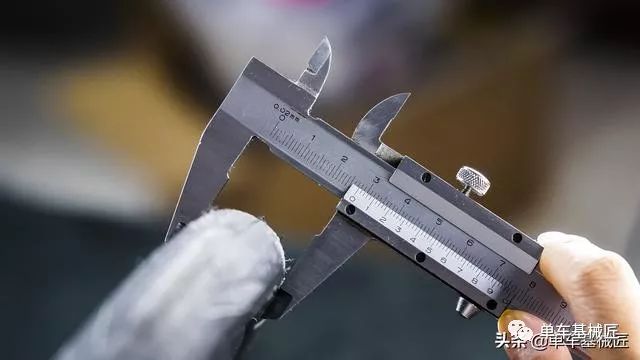
Compared to the previous generation One tubeless’s weight of 340g, the upgraded Pro One has significantly reduced weight, with an official weight of 255g and an actual weight of 266g. Even with normal use of 30ml of tire sealant, the weight does not exceed 300g. Compared to the traditional clincher tire + inner tube combination, it does not add much burden in terms of weight, and in some combinations, it may even be lighter. The Pro One I use is a 25C specification, and when used on a road bike wheelset with an internal width of 19mm, the actual width is 27.5mm.
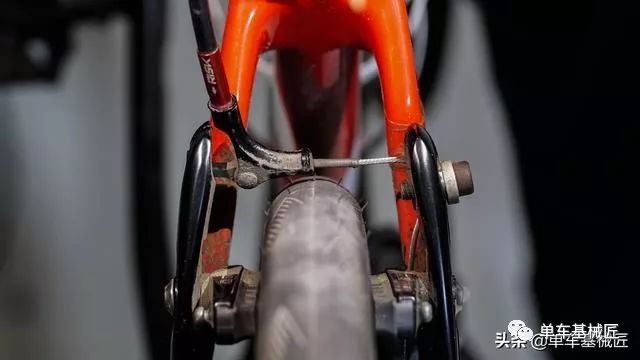
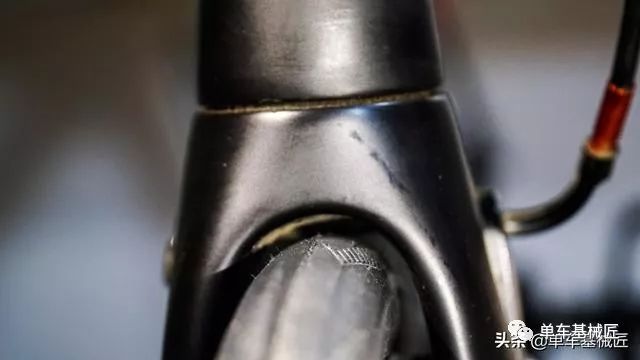
For my Argon18 gas bike, this width is basically the limit of tire capacity for my bike, so this point needs attention during selection. However, when placed on the Dare MR1, due to the climbing bike frame, the tire width is more than sufficient.
Air Tightness:
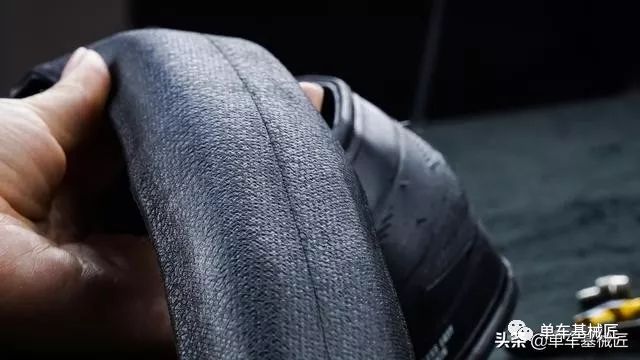
Due to the unique design of the tire, the Pro One uses less self-sealing liquid than other brands’ tubeless tires; in actual use, only 20ml is needed to achieve sealing, which can further reduce weight, consistent with the official claims. Speaking of which, let’s discuss the air tightness tested in practice. If you have used latex inner tubes, you know how frustrating poor air tightness can be. Although latex inner tubes have better rolling resistance and road feel, and are lighter, their air tightness is poor, requiring inflation at least once a day.
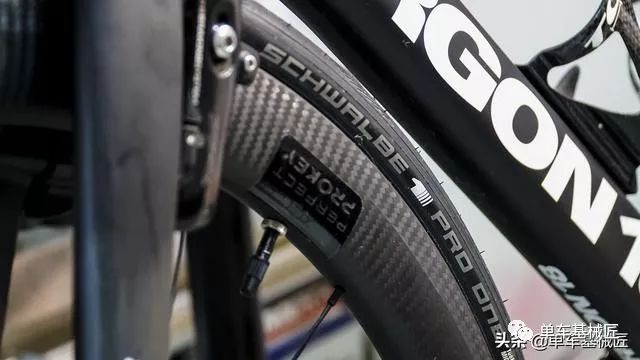
On the other hand, traditional butyl inner tubes have good air tightness but are heavier and have higher rolling resistance. In a continuous 7-day air tightness test, when the tire sealant usage increased to 30ml and inflated to 110psi, the pressure was 105.6psi after the first 24 hours, 101.3psi after 48 hours… continuing to the seventh day, after 168 hours, the pressure still reached 86.8psi.
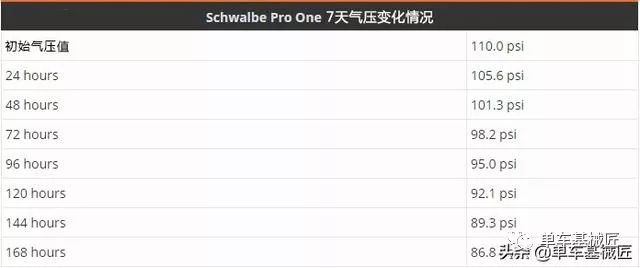
What does this mean? Because the actual width of the tire is relatively wide, when I inflate to 90psi, it feels like a traditional clincher tire inflated to 110psi. Moreover, in actual riding, I generally use tire pressures between 86-90psi. Personally, I feel this tire pressure results in less speed loss on rough asphalt surfaces, and the road feel is also softer. Since there is no inner tube, there is no need to worry about snakebite damage caused by low tire pressure. In simple terms, if you inflate to 110psi, even if you forget to inflate for seven days, it can still be used normally.
Rolling Resistance:
According to third-party data, although higher tire pressure can indeed achieve lower rolling resistance, this result is obtained under ideal testing conditions. Of course, considering road conditions, the speed loss caused by bumps and the benefits of lower tire pressure need to find a better balance. The most stable speed is to let small vibrations end at the tire rather than making the entire wheel jump, allowing the vibrations to dissipate in the tire rather than being transmitted to your body. Therefore, this consideration aligns with my experience of using 86-90psi tire pressure.
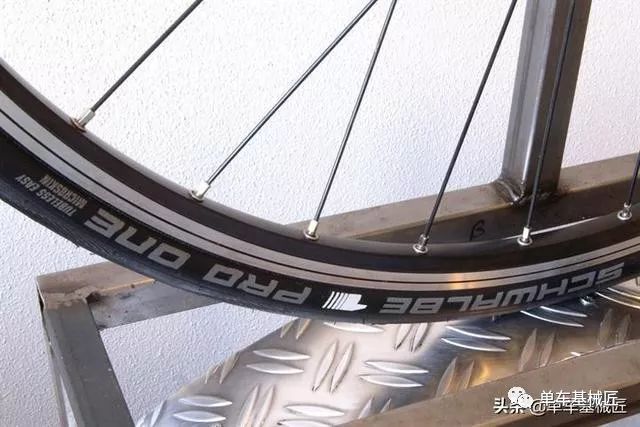
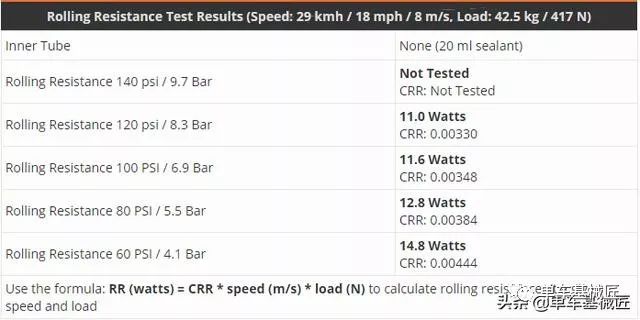
Achieving a more balanced tire pressure is well demonstrated on the Pro One. The overall rolling resistance is very low; at 100psi, the rolling resistance is only 11.6w, and at 80psi, it is 12.8w (third-party data). In simple terms, compared to clincher tires, lower rolling resistance can only be achieved when using latex tires under top configurations.I do not have latex tires, so my experience aligns with this, as I encountered an awkward situation when using butyl inner tubes.Higher tire pressure results in a bumpier road feel, which is not conducive to long rides, and speed loss on rough surfaces occurs more quickly.Conversely, if the tire pressure is lower, while there is some improvement, the friction between the inner tube and the outer tire increases rolling resistance, and there is also the risk of snakebite damage with too low tire pressure.So in this regard, the Pro One allows for a more comfortable experience, meeting all my requirements.
Puncture Resistance:
If you are familiar with Schwalbe, you can rest assured about the puncture resistance, especially with tubeless tires, where the internal sealant provides peace of mind. The most talked-about puncture resistance comes from Schwalbe’s Marathon series, which has a five-level puncture resistance. Naturally, this Pro One also performs very well. The tire crown thickness is 2.3mm, and the sidewall thickness is 0.9mm, ensuring comfort while providing better puncture resistance and increasing durability.
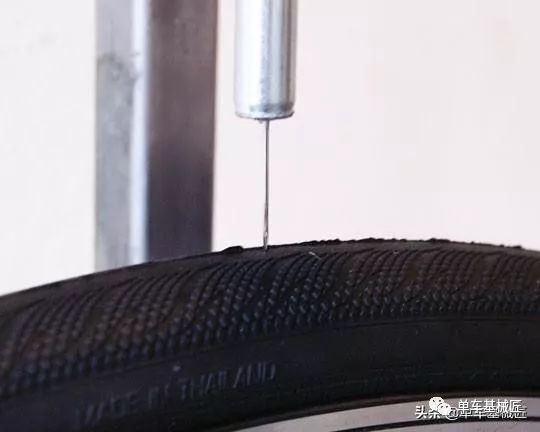
Using a 1mm steel needle for puncture resistance testing, applying different weights. The steel needle is positioned at the top of the tire, located at the center of the tread.
A 1mm diameter steel needle is used for puncture resistance testing, continuously applying different weights. The steel needle is positioned at the top of the tire, located at the center of the tread. The weight is increased until the tire is punctured. The testing was conducted five times. A score of 10 in the puncture test means that the puncture ability is twice as high as that of a score of 5.
In comparative tests, comparing the combination of tubeless + sealant with the situation where sealant is added to an inner tube. Although inner tube + sealant can also achieve sealing, it takes longer, and once inflated to high pressure again, the previously damaged area will leak again, and if the hole is slightly larger, the sealant will be ineffective.
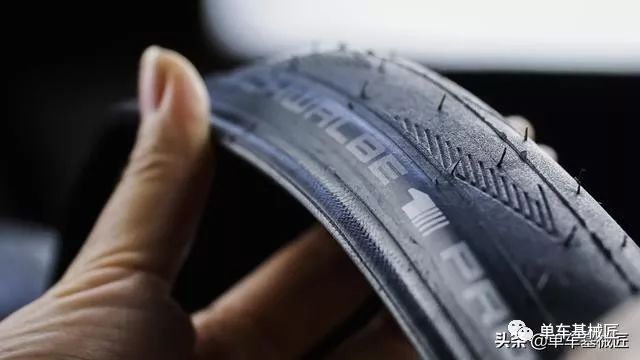
In contrast, the Pro One has a thicker tire wall, and more importantly, it is a true tubeless tire; in actual use, it can function normally even without sealant. However, based on multiple experiences, 30ml of sealant is the most suitable amount, forming a “small puddle” at the bottom of the tire, which is advantageous for quick repairs in case of punctures. In practical use, damages of up to 3mm can be quickly sealed, eliminating concerns about the tire flattening and detaching from the rim. This aspect gives tubeless tires a significant advantage, enhancing safety.
Conclusion:
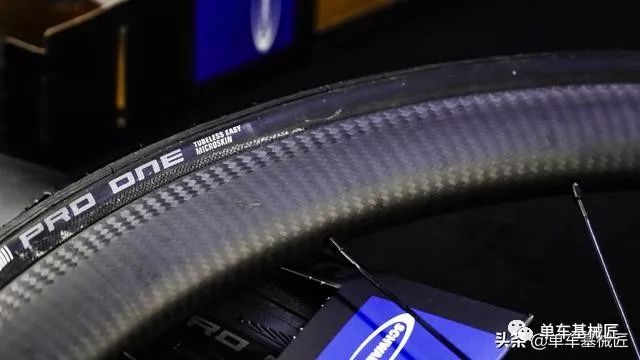
Considering the price of the Pro One, the expense of 380 is still very worthwhile. A top-notch clincher tire plus a latex inner tube can achieve the same rolling resistance and road feel, but the cost is comparable to or even higher than that of the Pro One. Additionally, one has to bear the drawbacks of poor air tightness, puncture resistance, and self-sealing capability. Although the air tightness of the Pro One is not considered excellent, it is more than sufficient for most riders’ daily use, especially since many riders, like me, check tire pressure before each ride, so there is no need to worry. If you are not sensitive to tire pressure, then even if you forget to check for many days, the Pro One will not pose a danger.
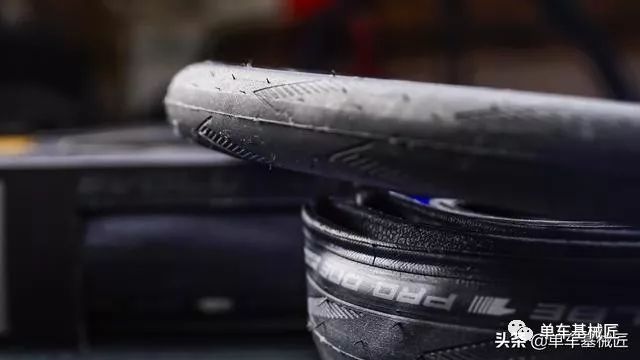
Finally, I want to say that using the Pro One for the first time will definitely give you an unprecedented smooth road feel. I once used a certain brand’s complete bike standard tubeless tire, which gave me an unreal feeling of low pressure despite normal tire pressure, and it was also quite bumpy. Therefore, based on my personal experience, if you are considering using tubeless tires and are unsure where to start, choosing the Pro One is undoubtedly the best decision you can make.
Alright, that’s all for today’s content. See you next time, “Bike Mechanic” brings you more interesting, fun, and practical cycling knowledge every day.
If needed, you can click on the bottom of the article to readthe original link, currently, purchasing two Pro Ones comes with a free RSP chain oil worth 50 yuan and a set of three Schwalbe tire levers worth 25 yuan.

















